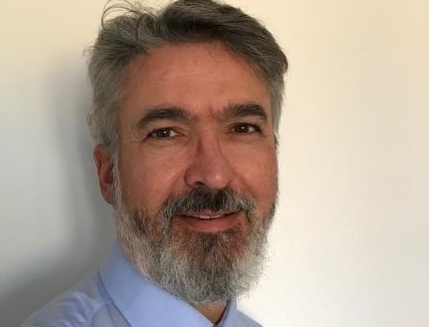|
I think that it would be fair to say the last 12 months has been challenging. The terrible loss of life, and devastation to so many families. The threats to livelihoods, and changing restrictions of movement and communications have tested communities on so many levels. The feelings of being ‘left out’ or ‘left behind’ reflected in mass demonstrations and personal acts of leadership- and defiance. Harnessing this energy on a positive manner is one of our priorities this year. We have identified some priorities to develop in all our locations through the next 12 months
1. New Public Leadership
We have spent time listening to those who lead or inform public policy at national and local authority level. It is clear that there remains a distance to travel together in truly aligning the delivery of public services. There remain many places where a fragmented approach to tackling long term and complex issues means that remedies are ham-strung by single agency funding models, and long-standing challenges of data sharing, and data interpretation. The rich pictures of what really matters in local communities can often be diffused by the time they are tackled by leaders. We are working with forward thinking leaders across multiple policy and geographic areas to better explore the impact of fully aligned leadership- a ‘new public leadership’ that shares responsibility to harness community resources, and tackle far reaching solutions. There are many challenges here and though it is an ambition that has long been announced but seldom delivered into reality. We will demonstrate some examples of the impact that it can make. 2. Asset Mapping
The onset of lockdown inevitably led to creative thinking and ingenuity across the cities towns and villages of the country. Local social media groups flourished and demonstrated the power of community. The question for authorities has been- and remains- how to tap into this energy, how to develop community assets and how to make sure that valued offers of support are matched with those in need. One of our primary development goals is to develop more effective methods to map, classify and share information provided by members of the community of what they want to offer their neighbourhood. This remains an issue that needs addressing – and is long overdue a solution. We are testing different approaches that are revealing the size of the opportunity that exist in every place. 3. Voice and Insight
We are exploring how we may better give a voice to people in communities who feel that they have something to say- but that no one is listening. We want to add volume to that voice through creating rich pictures, images and film that can capture the reality of life, opportunity and ambition and share these with leaders, decision makers and change-makers. We intend providing the young people of every place to have access to the tools and expertise to enable them to create vivid film, words and music that can educate and inspire. |
The toughest challenge this year in the world of training and education has been the distance between us and the teams we have worked with. It has been extraordinary how our colleagues have stepped up to use technology that they would not have dreamt of using in previous years, but all the computers in the world don't fully replace flipcharts, colour pens and coffee cups all over the tables as we get our heads together around a problem. Here are our research and information challenges for the year
1. Remote learning
Apart from one workshop in a nightclub basement, all of our learning workshops have been moved online this year. We are so used to booking community centres and getting pens and paper out and chatting over a cuppa, that we have really had to work hard to replicate or invent new ways of delivering meaningful and accreditable training. We are going to be seriously upgrading our online learning materials. We have already improved our desktop recording environment, but we still need to have better video and audio environments. We have tested and rejected two online learning platforms, and moved our material from Youtube to a paid Vimeo platform. We have also tested all (and I mean all!) the online collaboration platforms, and have Zoom, Teams, Google, Webex, Skype and several other tools ready to go, as different clients have different capabilities and security restrictions. We have also tested an online Rich Picture workshop environment called Mural, which has been hugely successful. 2. Research
The 9 years of work that has gone into the PhD research is is complete (!), so we can't wait to share the results of that with you. It has been taking up all of the research time, so although we have been tracking the success of all the other projects, we just haven't had the opportunity to share the results with you except in the development and improvement of the training materials. This year, we will focus on getting the PhD research finalised, and when we can, getting those results summarised to you. If you are interested in communicating the research, please do get in touch- we are very happy to talk about it! 3. Accreditation
We would like to build an internationally recognised and accredited cadre of expert Intensive Engagement practitioners, but communicating with each other over distances and after implementation projects have finished has proven quite difficult. We are open to suggestions and ideas on how we can develop a community of practice. |
Home
COMPANY REGISTRATION No: 11263857 VAT Number. 291 0707 12.
REGISTERED OFFICE: 13 The Courtyard, Timothy’s Bridge Road, Stratford-upon-Avon, Warwickshire, CV37 9NP
Equality, Diversity and Safeguarding Policies
REGISTERED OFFICE: 13 The Courtyard, Timothy’s Bridge Road, Stratford-upon-Avon, Warwickshire, CV37 9NP
Equality, Diversity and Safeguarding Policies
Copyright © 2023


